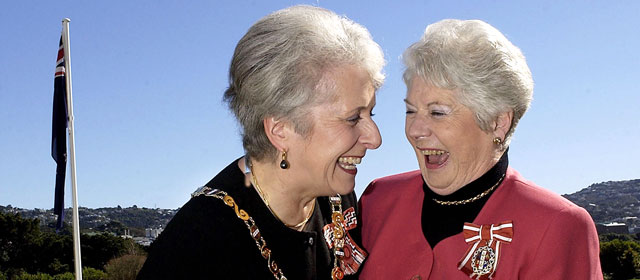He korero whakarapopoto
Governing in Britain’s empire
New Zealand is a constitutional monarchy. Laws are passed by Parliament, with the consent of the monarch’s representative – the governor-general.
The first governor was appointed in 1840, when the Treaty of Waitangi was signed. In 1917 the title was changed to governor-general.
Changes over time
The first governors were junior British naval and army officers. From the 1860s most were professionals who had governed other British colonies, and from the 1890s they were minor aristocrats. In 1972 the first New Zealand resident, Denis Blundell, became governor-general.
By 2016 New Zealand had had 16 governors and 21 governors-general. Of the 37, 34 were men – the first woman was Catherine Tizard, in 1990. The first Māori governor-general was Paul Reeves, in 1985, and the first Asian was Anand Satyanand, in 2006.
Constitutional duties
Early governors had wide powers, but from 1856 Parliament had power within New Zealand. Governors referred laws that might contradict British law to the Colonial Office in London. The governor-general was the main channel for official communications with Britain until around 1940.
In the 2000s the governor-general and the House of Representatives together comprise Parliament. The governor-general summons Parliament, and signs into law bills passed by the House.
Ceremonial duties
Duties for governors-general included visiting communities around New Zealand. For many years they wore fancy ceremonial uniforms, including robes, sashes and feathered helmets, but from the 1960s this was less common. Governors-general laid foundation stones for buildings, launched ships, presented prizes and bestowed honours. From the 1990s they represented New Zealand at overseas events.
Community duties
Governors-general are patrons of many societies, including charities and cultural and sporting organisations. Some set up charities themselves. They also host community events.
Government House
In Wellington and Auckland there are Government Houses, where the governor-general lives and works. The first governor was based in the Bay of Islands in 1840, but the post moved to Auckland in 1841 and to Wellington in 1865.





